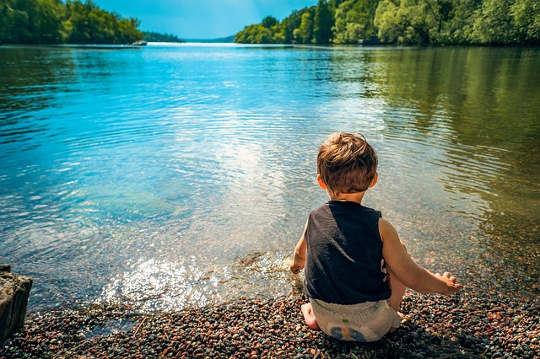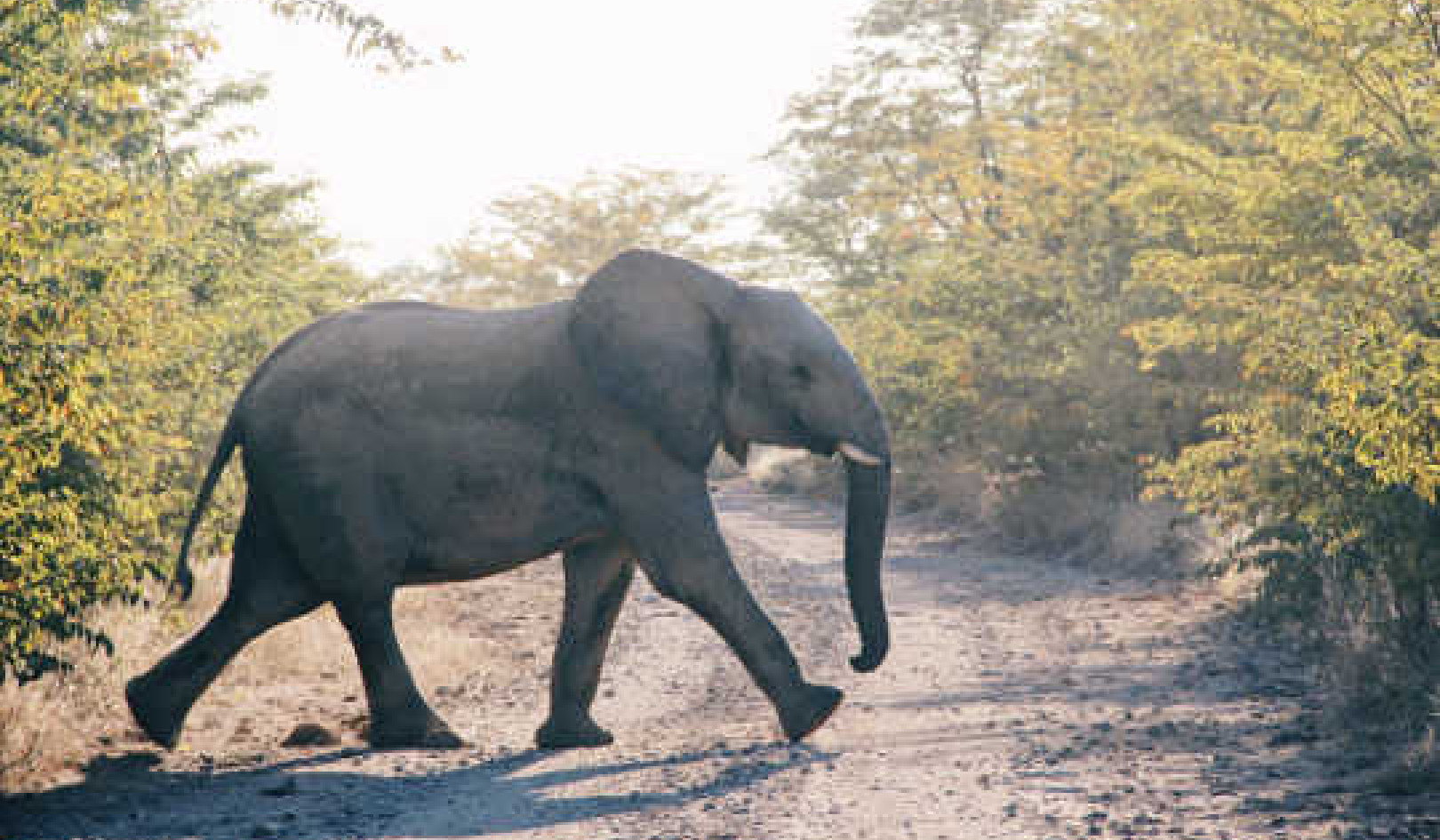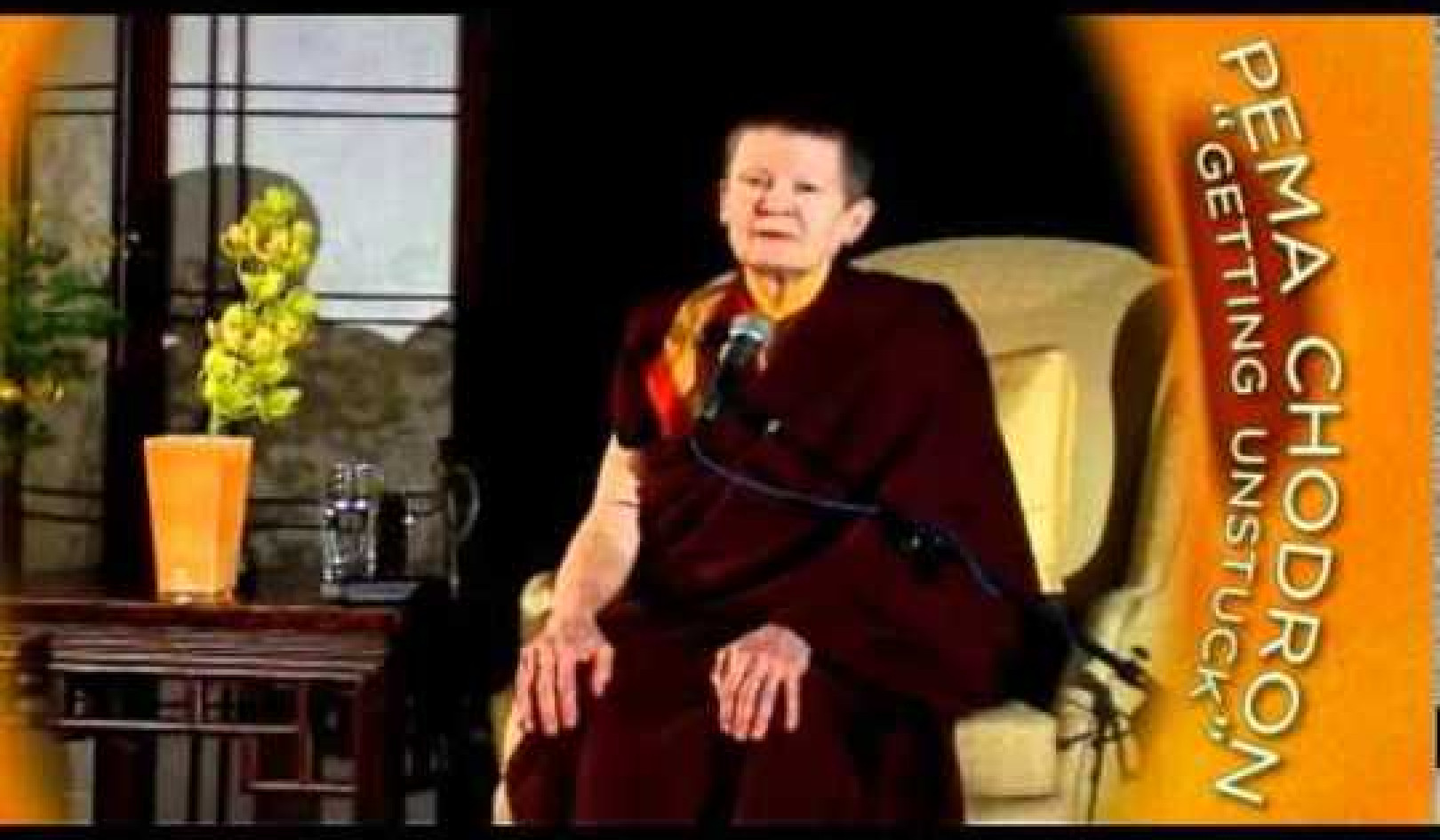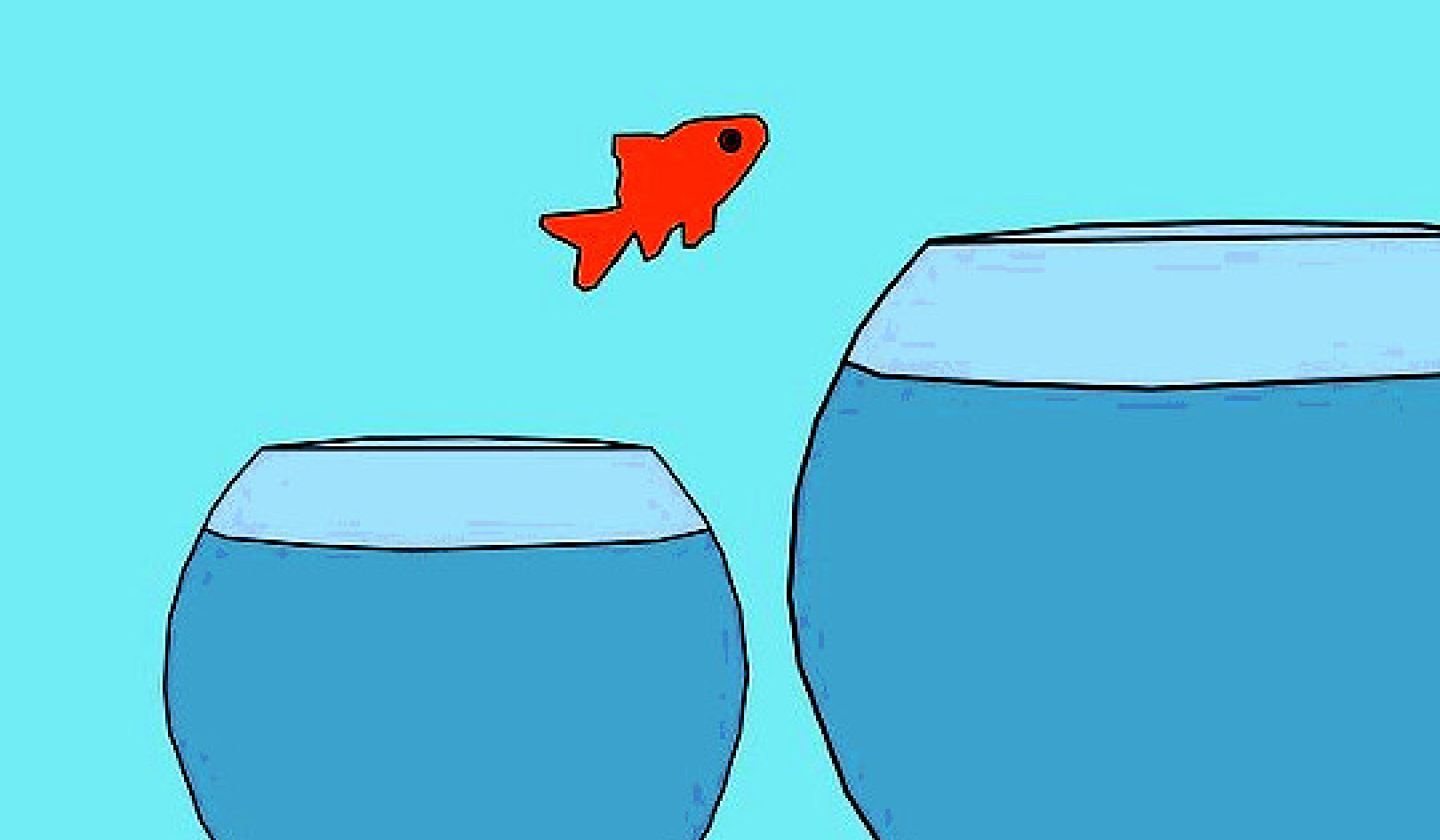
Editor's Note: While this article is geared towards helping children learn mindfulness, its tenets also apply to adults and the mindful breathing exercise can be practiced by all, regardless of age.
Most of us have heard the word mindfulness, which we instinctively recognize as something beneficial for us and our children, but what is it, really? And how can it possibly help, especially in the midst of the daily grind of ensuring that homework is completed, devices are turned off, and drama is kept to a minimum?
One of my clients, Renee, the mother of three boys, noticed a tremendous change in her son, Luis. He began coming home from school wanting to help her and had a positive, calmer presence as compared to his normal “hyped-up and agitated” after-school self. So she asked his teacher, “What is different at school this week?”
Mrs. Moon replied, “We just began using mindfulness exercises every morning in the classroom.” Renee was amazed. Although not every child has such a dramatic response, mindfulness exercises really helped Luis calm and connect better.
Mindfulness and Stress Reduction
Mindfulness is proven to help parents and children calm their often overstressed bodies, minds, and spirits. Jon Kabat-Zinn, creator of Mindfulness-Based Stress Reduction (MBSR) programs, explains mindfulness as “paying attention in a particular way: on purpose, in the present moment, and nonjudgmentally.”
Sounds simple, but not always easy, right? The three aspects of mindfulness emphasized by Kabat-Zinn are:
- paying attention
- being present
- accepting what is (without judgment)
Paying attention is at the core of mindfulness. It’s a skill that many children haven’t yet developed, especially as it relates to how they feel, what they’re thinking, and what others might be thinking of them. Accordingly, many of the strategies in this chapter help children develop the skill of paying attention, which can be applied to how they’re feeling and ultimately used to make better choices.
When your child is paying attention fully to what’s happening in the now, she cannot be caught in the past or worried about the future. She is in the present moment without getting stuck in mental loops about what just happened or what’s going to happen. Being in the present moment, where all your child’s power exists, helps her to overcome whatever emotion is happening and let it come as well as go. (Remember: emotions are temporary.)
Last but not least, Kabat-Zinn emphasizes accepting what is, or seeing things as they are without judging them or labeling them as good or bad. Your son may have gotten a poor grade on his progress report and may be feeling sad about it. This sadness isn’t good or bad — it just is.
Being with the sadness without judgment and accepting it for what it is — a natural and healthy emotion — is mindfulness. Of course, your child can decide to do or think something different to feel better, but mindfulness allows him to see what’s happening without making a judgment about it.
The Age of Mindfulness
Boys and girls who learn how to slow down (mindfulness) versus speed up (mindlessness) are cultivating the capacity to make better choices. They are simply hardwiring their brain optimally earlier in life, which gives them the increased ability to regulate their emotions and demonstrate cognitive control (by choosing their thoughts, for example). Or as New York Times reporter David Gelles puts it: “Mindfulness, which promotes skills that are controlled in the prefrontal cortex, like focus and cognitive control, can therefore have a particular impact on the development of skills including self-regulation, judgment and patience during childhood.”
In other words, the parts of the brain that are trained by mindful strategies are the same ones that help your child cultivate emotional awareness and balance. Research shows, as we saw with Luis above, that children who participate in mindfulness strategies in the classroom are significantly more likely to display cooperative and pro-social behaviors.
While mindfulness doesn’t equal an emotionally healthy child, it does lay the foundation for a child to become aware and then make better choices. Adding practical wisdom (ideas) and tools (practice) to this formula accelerates the creation of the emotionally healthy mindset, which can help a child in her darkest days find the light.
Jeremiah, age eight, learned in the third grade how to take deep breaths to calm down, a very effective mindfulness tool. Before he began using this tool he often did things he later regretted, like pushing his friend on the playground or screaming at his mom during the morning drop-off routine. But with the addition of deep breaths, Jeremiah has been able to calm himself more often and not have as many outbursts.
What mindfulness tools like Jeremiah’s deep breaths do is create space between stimulus and response so that children can make smarter choices. When Jeremiah functioned on automatic, he screamed, pushed, and chose to react negatively, which didn’t help him or anyone else. But with the addition of mindfulness, he slowed down and began to see that he had more options (especially when he was challenged on the playground) for handling what was often problematic for him.
Mindful Breathing
Mindful Breathing is a building block of mindfulness that children can return to over and over to become present and calm.
Use When:
- children need to relax
- they’re making careless mistakes
- they get agitated easily
Why the Tool Works
- Mindful Breathing is a scientifically proven way to calm.
- Breathing exercises are invisible, so children can do them at home, at school, or anywhere they need them.
- When your child’s breath and body calm, the mind can also become calmer, which helps a child make smarter choices.
How to Implement
Mindful Breathing simply means paying attention to your breath. There is no wrong way to pay attention to your breath, but with time children can get better and better (we adults can, too).
The mindful breathing activity that I am sharing here is called Five for Five. Follow the steps below to experiment with it, and then teach it to your children.
Five for Five
- Introduce the activity as a mindful breathing activity, which means you pay attention to your breath.
- Ask your children to look at their hand (right or left). This exercise is about focusing on your breath, but you use your hand to count to five breaths.
- You may say something like this:
“Let’s begin with our hands closed in a fist. This is our hand shut down. But as we take a deep breath in and a deep breath out, we pop one finger out of the fist. The slower we take the breaths, the better. This isn’t a race.
“Let’s try our second breath; take a deep breath in, and let it out. Then our second finger goes out of the fist, and we have only three more fingers left. Again, the slower the better, and focus on your breath.
“Take your third breath in, and let it out. Your third finger comes out.
“Take your fourth breath in, and let it out. Your fourth finger comes out.
“Take your fifth breath in, and let it out. Your last finger comes out, and now your whole hand is open. Your palm is flat, and the fist is gone.”
Ask your child: “How do you feel now?”
When your children are getting agitated or off-balance you might encourage them to do the Five for Five breathing activity. I also suggest having your children do three rounds of five breaths, and in one round they focus on the in-breath, on the second round of five breaths they focus on the out-breath, and then in another round they focus on the whole breath — in and out.
The goal of this Five for Five activity is to provide children with an easy way to memorize simple breathing exercise and to give them a physical memory of it. Sometimes when children are older they don’t use the fist but simply touch each finger once. The point is to give them a physical reminder that they’re in control of their emotions and that they can use their breath — especially mindful breathing — to calm, center, and let their emotions come and go.
Tip:
- Don’t use Mindful Breathing only to calm your child or to have him regain his balance when he’s feeling a challenging emotion. Mindful Breathing is a wonderful way to calm and relax, especially in less volatile times, which helps children make a positive connection with this tool.
Copyright ©2018 by Maureen Healy.
Reprinted with permission from New World Library
www.newworldlibrary.com.
Article Source
The Emotionally Healthy Child: Helping Children Calm, Center, and Make Smarter Choices
by Maureen Healy.
 While growing up has never been easy, today's world undeniably presents kids and their parents with unprecedented challenges. The upside, cites Maureen Healy, is a widespread acknowledgment that emotional health, resilience, and equilibrium can be learned and strengthened. Healy, who was a "wild child," the kind, she writes who left babysitters "wondering if they wanted children" knows her subject. She has become an expert on teaching skills that address the high sensitivity, big emotions, and hyper energy she herself experienced.
While growing up has never been easy, today's world undeniably presents kids and their parents with unprecedented challenges. The upside, cites Maureen Healy, is a widespread acknowledgment that emotional health, resilience, and equilibrium can be learned and strengthened. Healy, who was a "wild child," the kind, she writes who left babysitters "wondering if they wanted children" knows her subject. She has become an expert on teaching skills that address the high sensitivity, big emotions, and hyper energy she herself experienced.
Click here for more info and/or to order this book on Amazon. Also available as a Kindle edition.
About the Author
 Maureen Healy is the author of The Emotionally Healthy Child and Growing Happy Kids, which won the Nautilus and Readers’ Favorite book awards in 2014. A popular Psychology Today blogger and sought-after public speaker, Maureen runs a global mentoring program for elementary-aged children and works with parents and their children in her busy private practice. Her expertise in social and emotional learning has taken her all over the world, including working with Tibetan refugee children at the base of the Himalayas to classrooms in Northern California. Visit her online at www.growinghappykids.com.
Maureen Healy is the author of The Emotionally Healthy Child and Growing Happy Kids, which won the Nautilus and Readers’ Favorite book awards in 2014. A popular Psychology Today blogger and sought-after public speaker, Maureen runs a global mentoring program for elementary-aged children and works with parents and their children in her busy private practice. Her expertise in social and emotional learning has taken her all over the world, including working with Tibetan refugee children at the base of the Himalayas to classrooms in Northern California. Visit her online at www.growinghappykids.com.
Watch an interview with the author:
{youtube}https://youtu.be/jUA4Y_IRtro{/youtube}
Related Books
at InnerSelf Market and Amazon





























